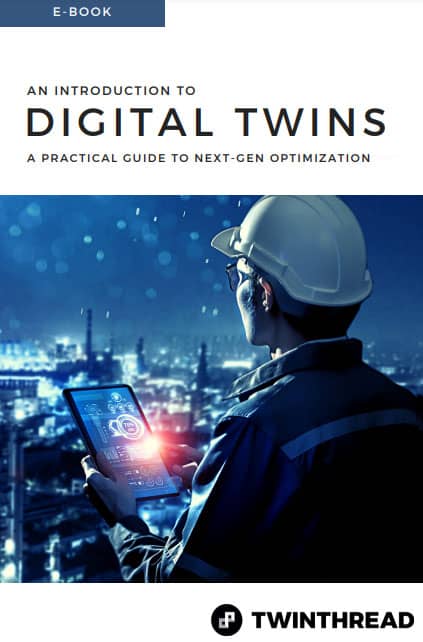The Stack and the Twin
IIoT platforms and solutions come in many different shapes and sizes, and it can be challenging to understand the differences and determine which is the best fit for a manufacturer or field equipment provider. This series will examine various IIoT platform approaches, what is missing from specific categories of offerings, and how those missing components ultimately impact a manufacturer’s ability to achieve value and successfully execute on an IIoT strategy in a timely and cost-effective manner.
Let’s start by defining the fundamental components that make up an IIoT stack:
- Data source connectivity and data capture
- Data contextualization and visualization
- Actionability or operationalization through a workflow, or thread, engine
- Analytics, artificial intelligence and machine learning: Engines and tools
Most platforms focus on one or more of these stack layers- very few include all of them as part of their base design and architecture. When evaluating options, many manufacturers fail to recognize the ramifications of selecting an incomplete platform until it is too late.
The foundation of any IIoT platform is the digital twin and the accompanying data infrastructure. A digital twin is a virtual, real-time representation of a physical asset, system, or process. The representation of the twin is based on historical and real-time data captured from physical assets and processes.
A digital twin must be designed to drive innovation and enable the many process and asset centric use cases required by manufacturers and field equipment providers.
Digital twins must also be designed to ensure that derived solutions are sustainable and scalable. When considering sustainability and scalability, there are numerous considerations that are often not anticipated when developing IIoT solutions.
One example is minor differences in similar equipment or processes that aren’t considered until it is time to rollout or scale a solution. Failure to recognize certain factors in advance, and when evaluating platform options, can lead to unanticipated costs and delays in value attainment.
A digital twin architecture must have an embedded engine for driving action based on insights generated from data. The ability to act, or operationalize business processes, based on insights generated from digital twins, is a requirement for value attainment. Without this, derived solutions will always fall short of expectations.
Lastly, a digital twin architecture must be designed to allow for seamless incorporation of analytics, artificial intelligence, and machine learning technologies.
To maximize value over the life cycle of any IIoT solution, a platform requires all these components. The alternative is an incomplete offering where components are ‘bolted on’ along the way through custom development or custom integrations. This results in solutions that are costly and difficult to sustain and impossible to scale.
We’ll explore each of these stack items and the challenges of attempting to use incomplete platforms throughout this series.
Tags:
Blog, Digital Twin, Equipment, Manufacturers, IIoT, AI, Contextualization, Visualization, ML, Operationalize
January 10, 2023
Dave’s a seasoned and savvy business strategist, a builder of global partner/customer networks, and a revenue driver. His successful career is a testament to his keen sense of navigating the complexities of the tech world, consistently identifying opportunities and pushing innovation.
Prior to his professional career, Dave received his BS degree in Mechanical engineering from the University of Maryland. Dave continues to shape TwinThread’s growth and deepen his expertise from his desk in the Greater Philadelphia Area.
